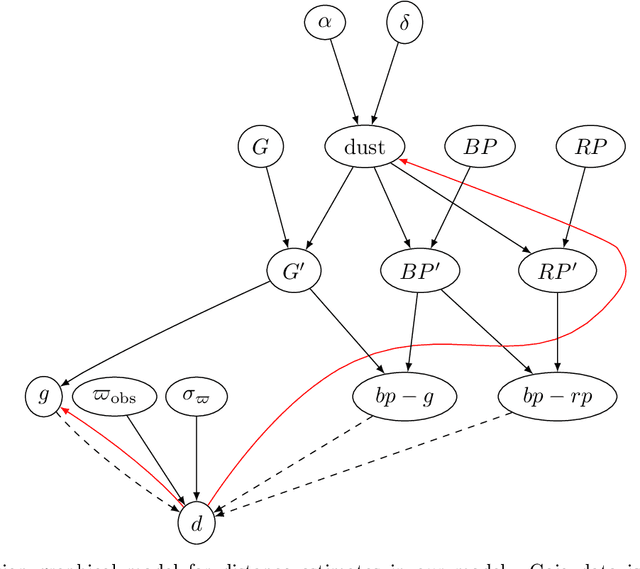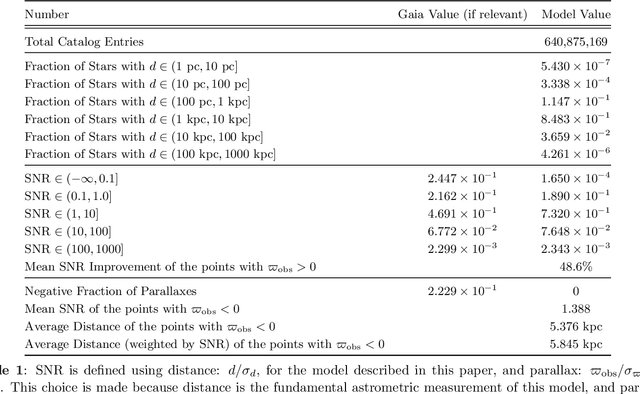Miles D. Cranmer
Learning Symbolic Physics with Graph Networks
Sep 12, 2019


Abstract:We introduce an approach for imposing physically motivated inductive biases on graph networks to learn interpretable representations and improved zero-shot generalization. Our experiments show that our graph network models, which implement this inductive bias, can learn message representations equivalent to the true force vector when trained on n-body gravitational and spring-like simulations. We use symbolic regression to fit explicit algebraic equations to our trained model's message function and recover the symbolic form of Newton's law of gravitation without prior knowledge. We also show that our model generalizes better at inference time to systems with more bodies than had been experienced during training. Our approach is extensible, in principle, to any unknown interaction law learned by a graph network, and offers a valuable technique for interpreting and inferring explicit causal theories about the world from implicit knowledge captured by deep learning.
Modeling the Gaia Color-Magnitude Diagram with Bayesian Neural Flows to Constrain Distance Estimates
Aug 21, 2019



Abstract:We demonstrate an algorithm for learning a flexible color-magnitude diagram from noisy parallax and photometry measurements using a normalizing flow, a deep neural network capable of learning an arbitrary multi-dimensional probability distribution. We present a catalog of 640M photometric distance posteriors to nearby stars derived from this data-driven model using Gaia DR2 photometry and parallaxes. Dust estimation and dereddening is done iteratively inside the model and without prior distance information, using the Bayestar map. The signal-to-noise (precision) of distance measurements improves on average by more than 48% over the raw Gaia data, and we also demonstrate how the accuracy of distances have improved over other models, especially in the noisy-parallax regime. Applications are discussed, including significantly improved Milky Way disk separation and substructure detection. We conclude with a discussion of future work, which exploits the normalizing flow architecture to allow us to exactly marginalize over missing photometry, enabling the inclusion of many surveys without losing coverage.
 Add to Chrome
Add to Chrome Add to Firefox
Add to Firefox Add to Edge
Add to Edge